Talk Overview
Microbes are diverse, ancient, numerous and ubiquitous. In part 1, Newman gives an overview of microbial diversity. She presents mind-boggling data on the numbers of microbes inhabiting the earth, as well as the environments in which they can survive, and indeed, thrive. Both fossilized and modern microbes come in fantastically diverse physical forms and this diversity extends to their metabolism. Newman explains how geobiologists can deduce information about ancient microbial life by studying rocks formed on earth billions of years ago.
In Part 2, Newman continues to describe microbes with unusual metabolisms. Her lab identified the first known enzymatic pathway that allows microbes to respire arsenic compounds. This work has direct environmental relevance because in Bangladesh and other regions, drinking water often contains very high levels of toxic arsenic compounds. Arsenite [As(III)], a particularly toxic form of arsenic, is often released into the water by bacteria that reduce arsenic complexes in river sediments. Understanding this metabolic pathway may help to address the problem of arsenic poisoning.
In the last part of her lecture, Newman describes efforts to date the evolution of oxygenic photosynthesis (photosynthesis that uses water as a substrate and produces oxygen as a product) in the ancient rock record using a particular type of a molecular fossil, or “biomarker”. She explains the importance of identifying a robust biomarker, and describes various criteria that should be applied to this pursuit.
Speaker Bio
Dianne Newman
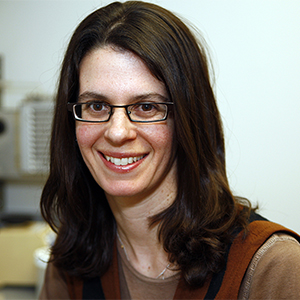
Dr. Newman is a Professor in the Divisions of Biology and Geological and Planetary Sciences at the California Institute of Technology. When Newman began her undergraduate studies at Stanford University she wasn’t sure she was going to be a scientist because she was interested in a variety of different fields. In fact, she received her… Continue Reading
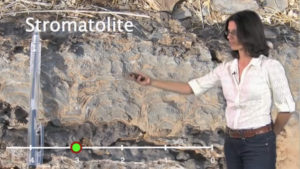
![Part 2: Microbial Respiration of Arsenate [As(V)]](https://www.ibiology.org/wp-content/uploads/2012/08/Dianne-Newman-Part-2-300x169.jpg)
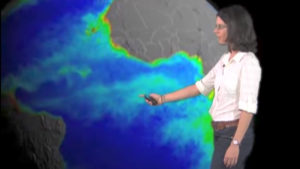
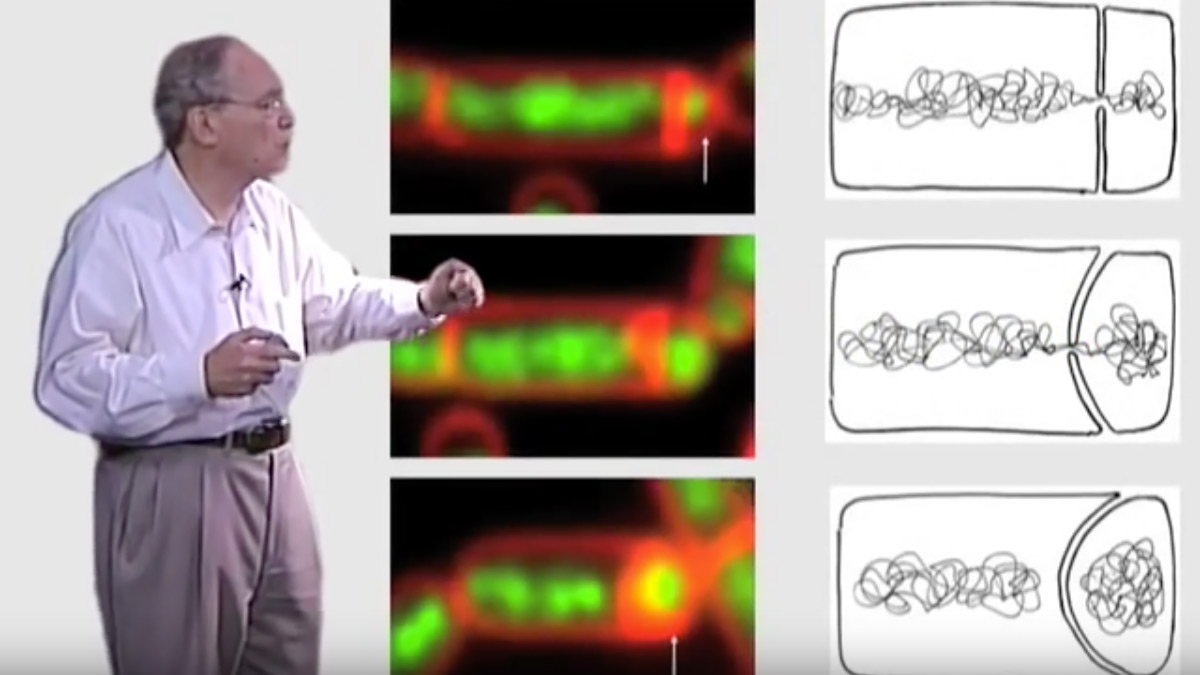
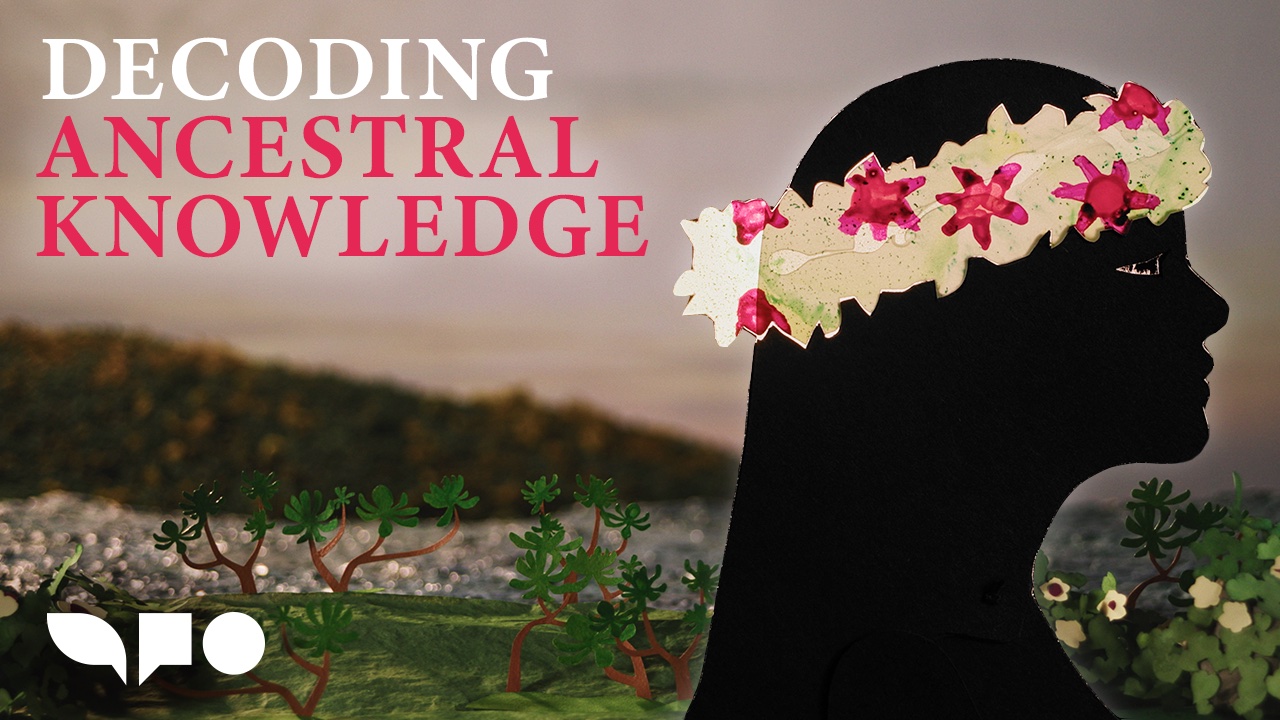
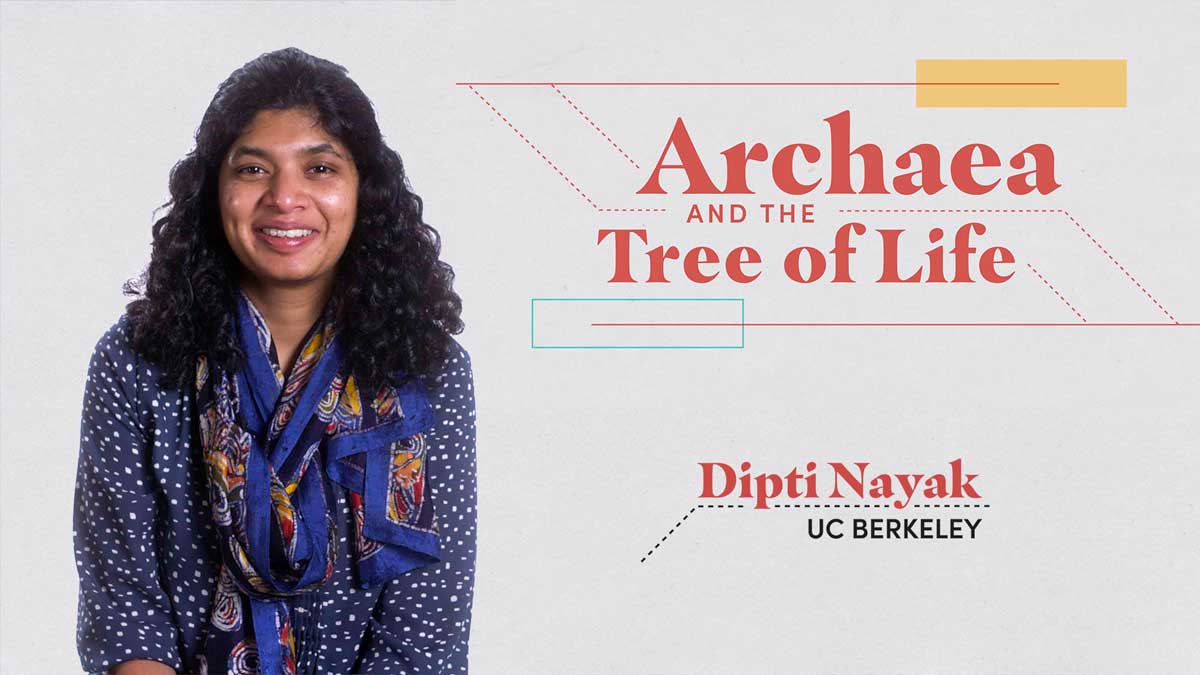






Leave a Reply